Home>Furniture & Design>Interior Design Trends>How To Tell Tempered Glass From Regular Glass
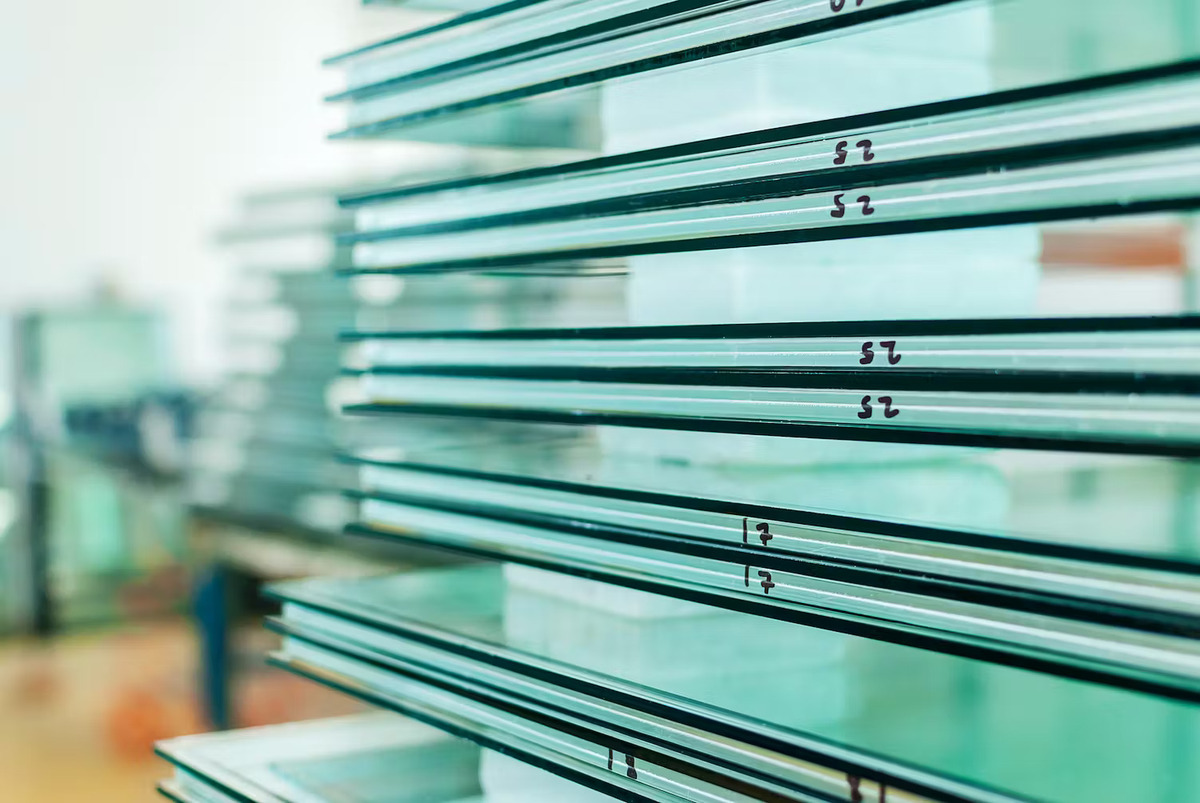

Interior Design Trends
How To Tell Tempered Glass From Regular Glass
Modified: October 18, 2024
Learn how to distinguish between tempered and regular glass for your interior design projects. Stay updated on the latest interior design trends.
(Many of the links in this article redirect to a specific reviewed product. Your purchase of these products through affiliate links helps to generate commission for Storables.com, at no extra cost. Learn more)
Introduction
Glass is a ubiquitous material in our daily lives, serving various purposes from windows to tabletops and even smartphone screens. However, not all glass is created equal. Understanding the differences between tempered glass and regular glass is crucial, especially when it comes to safety and durability. Tempered glass, also known as toughened glass, undergoes a specialized heat treatment process, resulting in distinct physical properties that set it apart from regular glass. In this article, we will delve into the physical characteristics of tempered glass and regular glass, as well as explore methods to identify tempered glass in different settings. By gaining insight into these distinctions, you will be better equipped to make informed decisions regarding the use and maintenance of glass in your surroundings.
Key Takeaways:
- Tempered glass is super strong and safe, breaking into small pieces. Look for markings, smooth edges, or use UV light to identify it. It’s great for safety and durability in homes and businesses.
- Regular glass is weaker and breaks into sharp shards. It’s important to handle it carefully. Knowing the differences helps you choose the right glass for different uses, like windows or doors.
Read more: How To Tell If Glass Is Tempered
Physical Characteristics of Tempered Glass
Tempered glass is engineered to be significantly stronger and more durable than regular glass, making it a popular choice for various applications where safety and resilience are paramount. The distinctive physical characteristics of tempered glass set it apart from its conventional counterpart:
-
Strength and Durability: Tempered glass is approximately four times stronger than regular glass of the same thickness. This enhanced strength is attributed to the tempering process, which involves rapid heating and cooling, inducing surface compression and inner tension. As a result, tempered glass exhibits exceptional resistance to impact and bending forces, reducing the likelihood of breakage.
-
Safety Features: When tempered glass does break, it shatters into small, granular pieces instead of sharp, jagged shards. This characteristic minimizes the risk of severe injuries, making tempered glass a preferred choice for applications where human safety is a concern, such as in automotive windows, shower enclosures, and glass doors.
-
Heat Resistance: Tempered glass can withstand higher temperatures compared to regular glass. This property makes it suitable for use in environments exposed to heat, such as kitchen appliances, fireplace doors, and commercial ovens.
-
Uniformity: Tempered glass exhibits uniform strength and clarity throughout its surface, ensuring consistent performance and visual appeal. This uniformity is achieved through the tempering process, which eliminates any imperfections or irregularities present in the raw glass, resulting in a pristine and reliable end product.
-
Scratch Resistance: Due to its enhanced strength, tempered glass is more resistant to scratches and abrasions than regular glass. This attribute contributes to its longevity and ability to maintain a polished appearance over time, making it an ideal choice for high-traffic areas and applications where aesthetic appeal is essential.
Understanding these physical characteristics of tempered glass is essential for making informed decisions regarding its usage and maintenance. Whether you are considering installing tempered glass in your home or workplace, recognizing its unique attributes can help you maximize its benefits and ensure a safe and durable environment.
In the next section, we will explore the physical characteristics of regular glass, providing a comprehensive comparison to further highlight the distinct qualities of tempered glass.
Physical Characteristics of Regular Glass
Regular glass, also known as annealed glass, is the conventional form of glass commonly used in various applications. Understanding its physical characteristics is essential for distinguishing it from tempered glass and comprehending its properties and limitations. The following are the key physical characteristics of regular glass:
-
Strength and Durability: Regular glass is inherently weaker than tempered glass. It lacks the internal stresses and surface compression induced by the tempering process, making it more susceptible to breakage from impact and bending forces. As a result, it is often unsuitable for applications where enhanced strength and safety are paramount.
-
Breakage Pattern: Unlike tempered glass, regular glass breaks into sharp, jagged shards when shattered. This characteristic poses a higher risk of severe injuries in the event of breakage, especially in settings where human contact is likely. Consequently, the breakage pattern of regular glass necessitates careful handling and maintenance to mitigate potential hazards.
-
Heat Resistance: Regular glass has lower heat resistance compared to tempered glass. It is prone to thermal stress and may crack or shatter when exposed to rapid temperature differentials. As such, it is not recommended for use in high-temperature environments or applications where thermal fluctuations are prevalent.
-
Uniformity: While regular glass offers transparency and clarity, it may exhibit slight imperfections, such as surface irregularities and minor distortions. These imperfections are inherent to the annealing process and can affect the visual appeal and performance of the glass in certain applications.
-
Scratch Resistance: Regular glass is relatively susceptible to scratches and abrasions due to its lower hardness compared to tempered glass. In high-traffic areas or environments prone to abrasive contact, regular glass may show signs of wear and diminish in aesthetic quality over time.
Understanding the physical characteristics of regular glass is crucial for assessing its suitability for specific applications and environments. While it remains a cost-effective and versatile material, its limitations in terms of strength, safety, and durability should be carefully considered when making decisions regarding its usage.
By recognizing the distinctions between tempered glass and regular glass, individuals and businesses can make informed choices to ensure the optimal performance and safety of glass installations in various settings.
To tell tempered glass from regular glass, look for any markings on the glass. Tempered glass is often labeled with a small logo or stamp in one of the corners. If you see this marking, it’s likely tempered glass.
Methods to Identify Tempered Glass
Identifying tempered glass is essential for ensuring its proper use and maintenance in diverse applications. While both tempered glass and regular glass may appear similar to the untrained eye, there are specific methods to discern the tempered variant. Here are several reliable techniques to identify tempered glass:
-
Visible Markings: Tempered glass often features a small, inconspicuous marking or stamp in one of the corners. This mark, which may include the words "tempered" or "safety," indicates that the glass has undergone the tempering process. While the marking is typically subtle, it serves as a clear indicator of the glass's tempered nature.
-
Edge Inspection: Examining the edges of the glass can provide valuable insights. Tempered glass exhibits a unique edge profile, characterized by a smooth, slightly curved appearance. This results from the grinding process applied to the edges after tempering. In contrast, regular glass typically has sharp, unfinished edges, allowing for differentiation between the two types.
-
Polarized Light Test: Utilizing polarized light can reveal distinctive patterns in tempered glass. When viewed through polarized lenses, tempered glass may display a subtle, uniform grid-like pattern known as the "quench marks." These patterns are a result of the rapid cooling process during tempering and are not present in regular glass, making this test an effective method for identification.
-
Fragmentation Pattern: In the event of breakage, tempered glass shatters into small, granular pieces rather than sharp, jagged shards characteristic of regular glass. This unique fragmentation pattern enhances safety and is a clear indicator of the glass's tempered nature. However, it is important to exercise caution when conducting this test due to the potential hazards associated with broken glass.
-
Ultraviolet (UV) Light Examination: When subjected to UV light, tempered glass may exhibit a faint, uniform glow along the edges. This phenomenon, known as the "quench line," is a result of the tempering process and is not present in regular glass. By carefully inspecting the glass under UV light, the presence of this distinct glow can confirm its tempered status.
By familiarizing oneself with these methods, individuals and professionals can confidently identify tempered glass, enabling informed decision-making and appropriate handling. Whether in residential, commercial, or industrial settings, the ability to discern tempered glass is crucial for ensuring safety, compliance, and optimal performance.
These techniques empower individuals to distinguish between tempered and regular glass, facilitating the appropriate use and maintenance of glass installations across diverse environments.
Conclusion
In conclusion, the distinction between tempered glass and regular glass encompasses a range of physical characteristics and identification methods that are essential for informed decision-making and safe usage. The physical properties of tempered glass, including its exceptional strength, safety features, heat resistance, uniformity, and scratch resistance, position it as a preferred choice for applications where durability and human safety are paramount. On the other hand, regular glass, while versatile and cost-effective, exhibits inherent limitations in terms of strength, safety, and durability, necessitating careful consideration in its application.
By understanding the unique attributes of tempered glass and regular glass, individuals, businesses, and professionals can make informed choices when selecting glass for various purposes, whether for architectural installations, automotive components, or household items. The ability to identify tempered glass through visible markings, edge inspection, polarized light tests, fragmentation patterns, and UV light examinations empowers stakeholders to ensure the appropriate use and maintenance of glass in diverse environments.
Furthermore, the knowledge of these distinctions is instrumental in promoting safety, compliance, and longevity in glass applications. Whether it involves selecting glass for residential windows, commercial storefronts, or industrial equipment, the awareness of tempered glass's superior properties and identification methods contributes to creating secure and resilient environments.
In essence, the insights provided in this article serve to underscore the significance of recognizing the unique characteristics of tempered glass and regular glass. By leveraging this knowledge, individuals and professionals can optimize the performance, safety, and longevity of glass installations, thereby enhancing the overall quality and reliability of diverse applications.
Ultimately, the ability to discern tempered glass from regular glass is not only a matter of practical importance but also a testament to the commitment to safety, quality, and informed decision-making in various facets of everyday life.
Frequently Asked Questions about How To Tell Tempered Glass From Regular Glass
Was this page helpful?
At Storables.com, we guarantee accurate and reliable information. Our content, validated by Expert Board Contributors, is crafted following stringent Editorial Policies. We're committed to providing you with well-researched, expert-backed insights for all your informational needs.
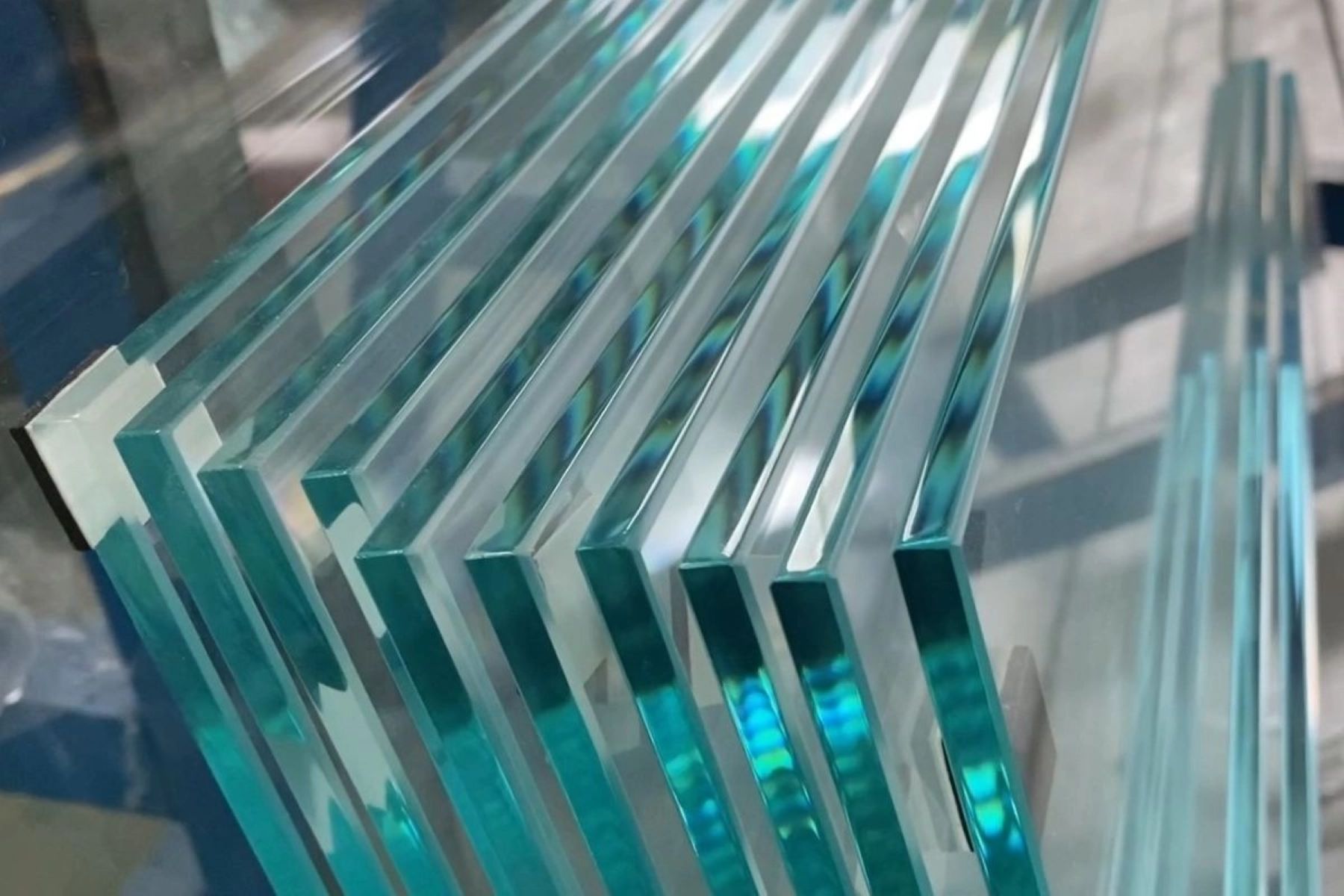
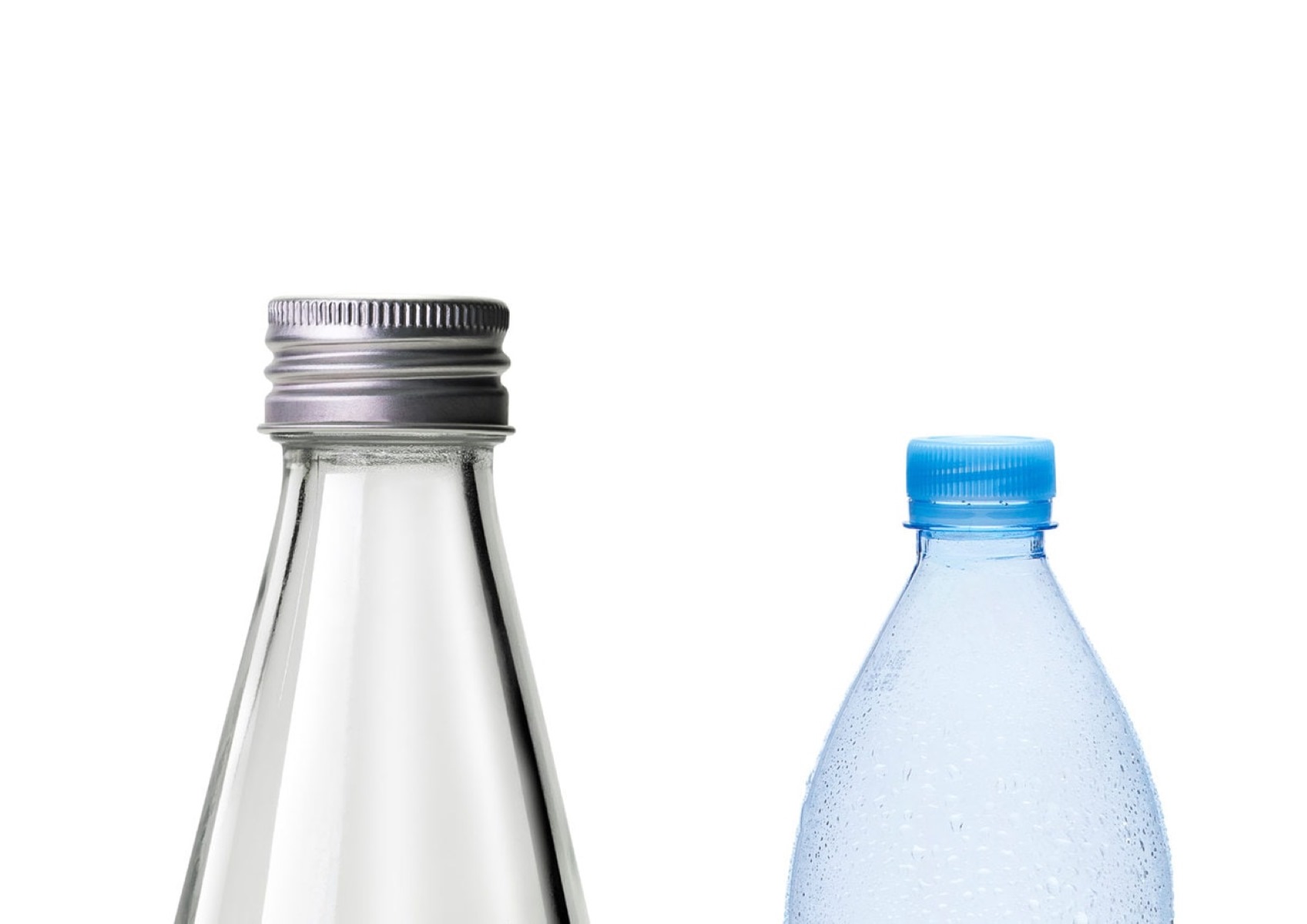



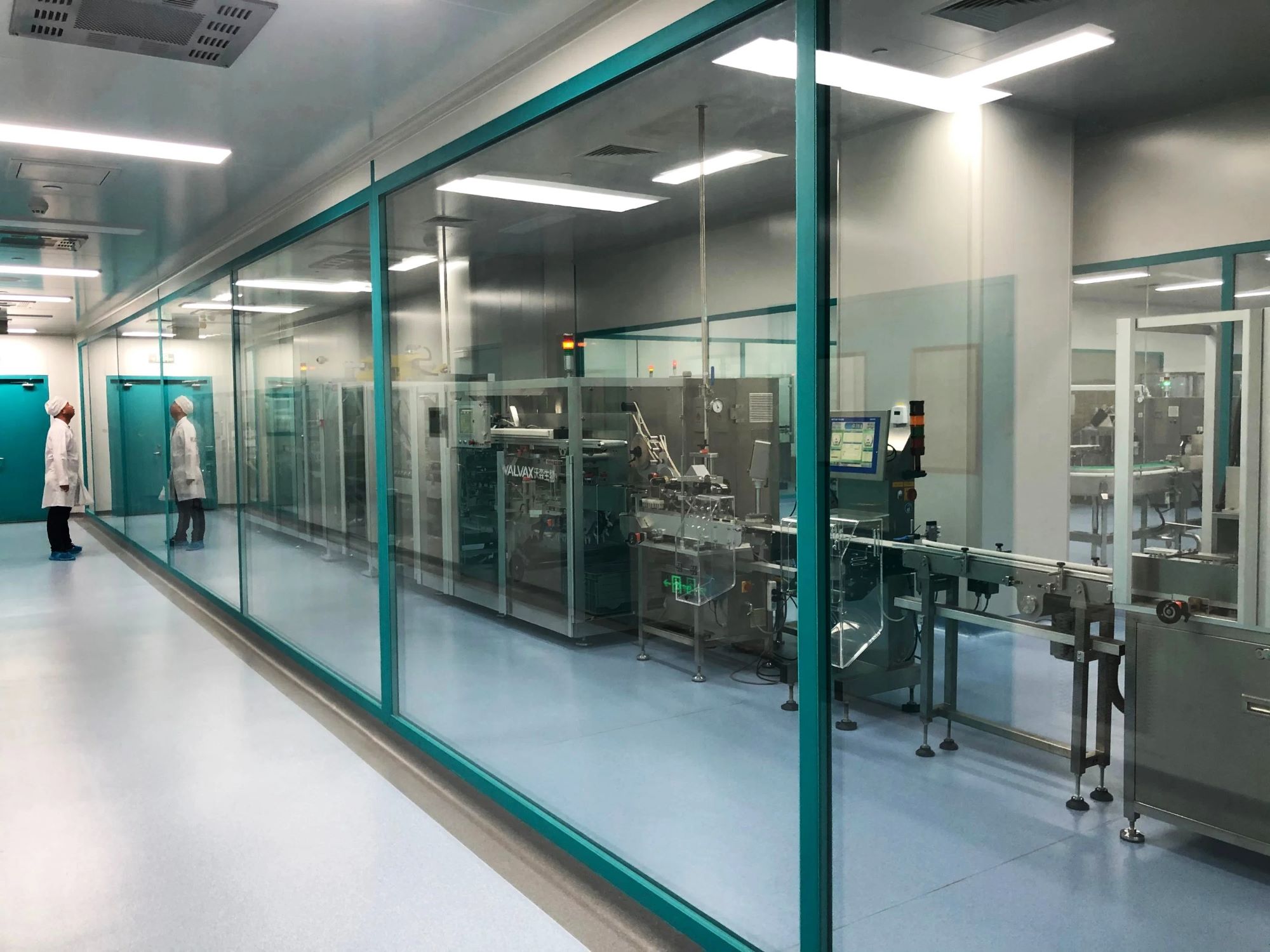

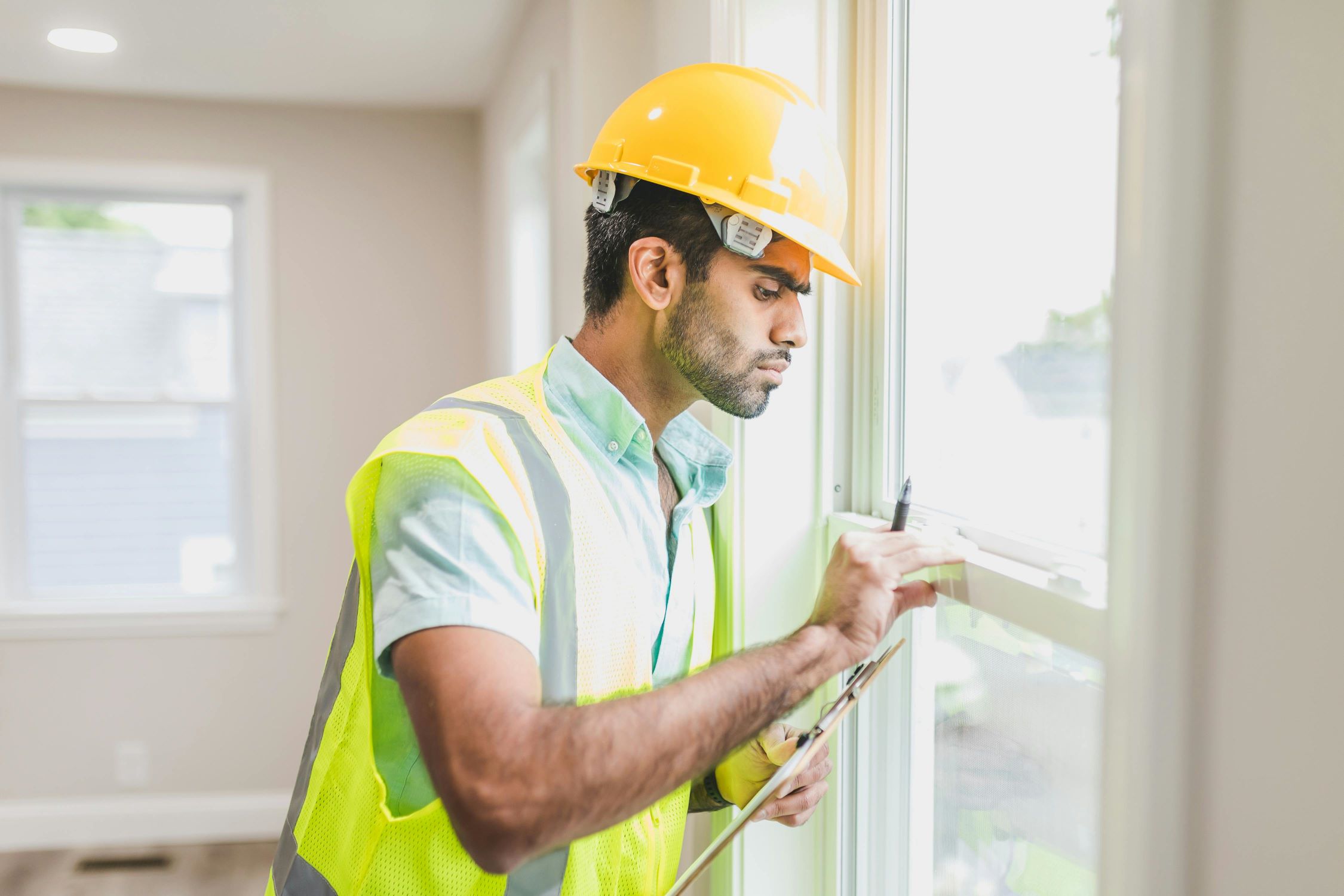

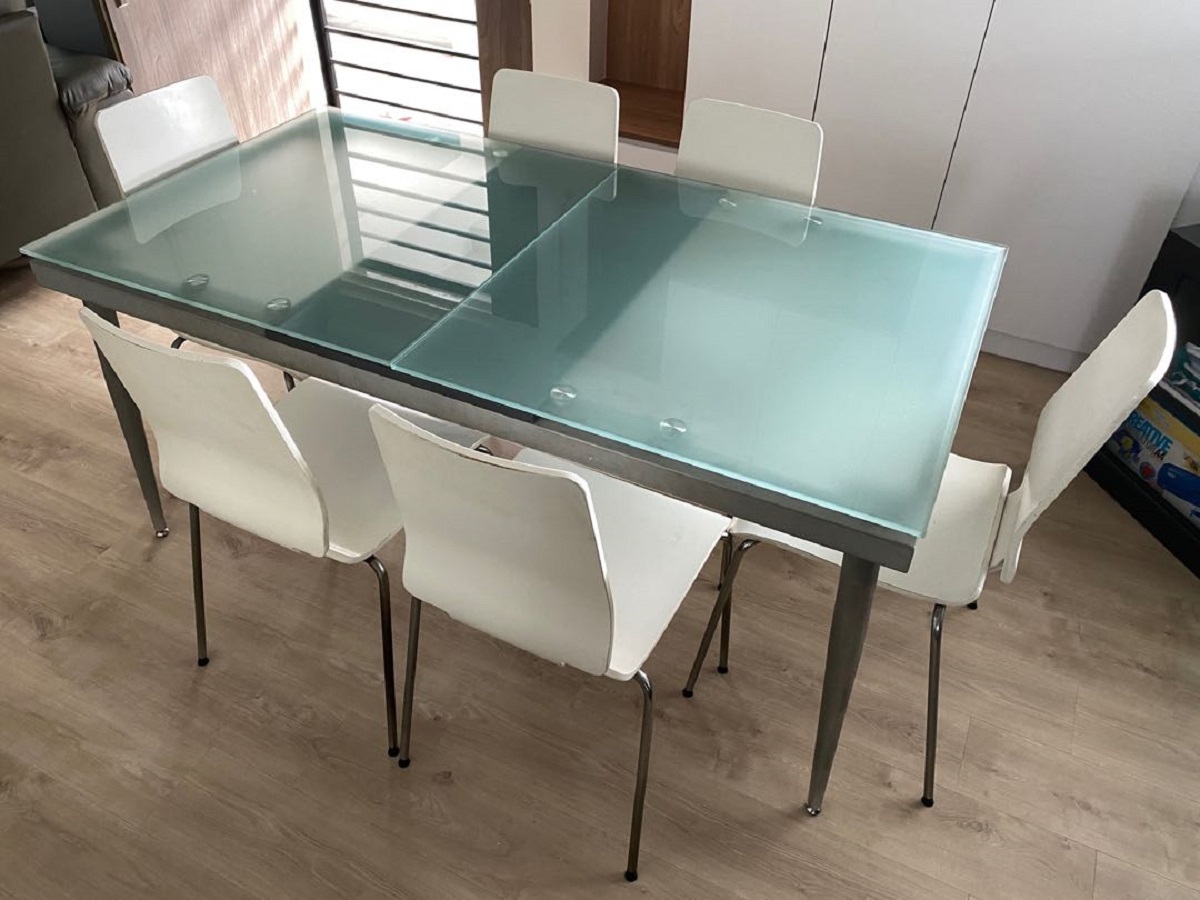

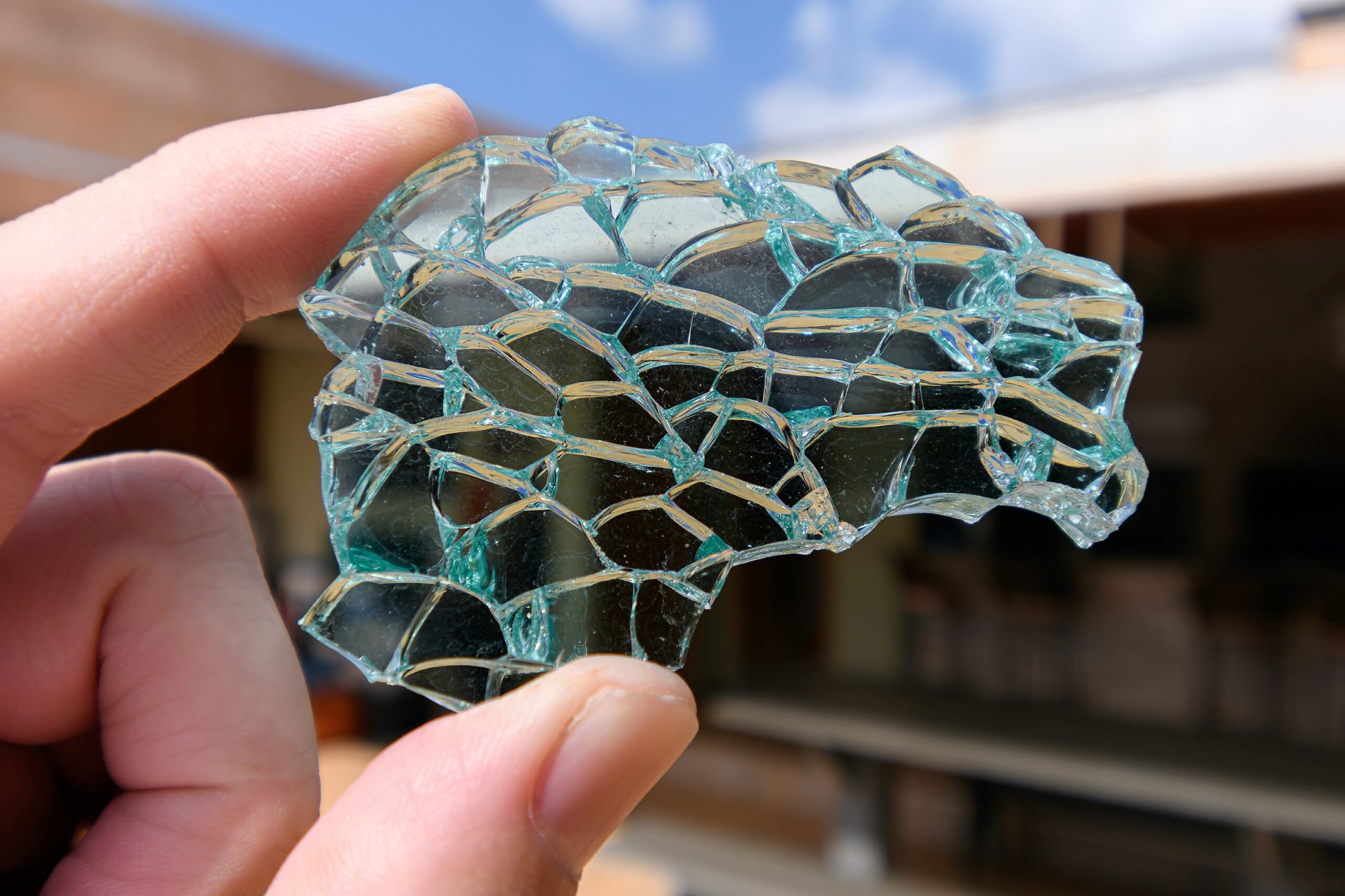
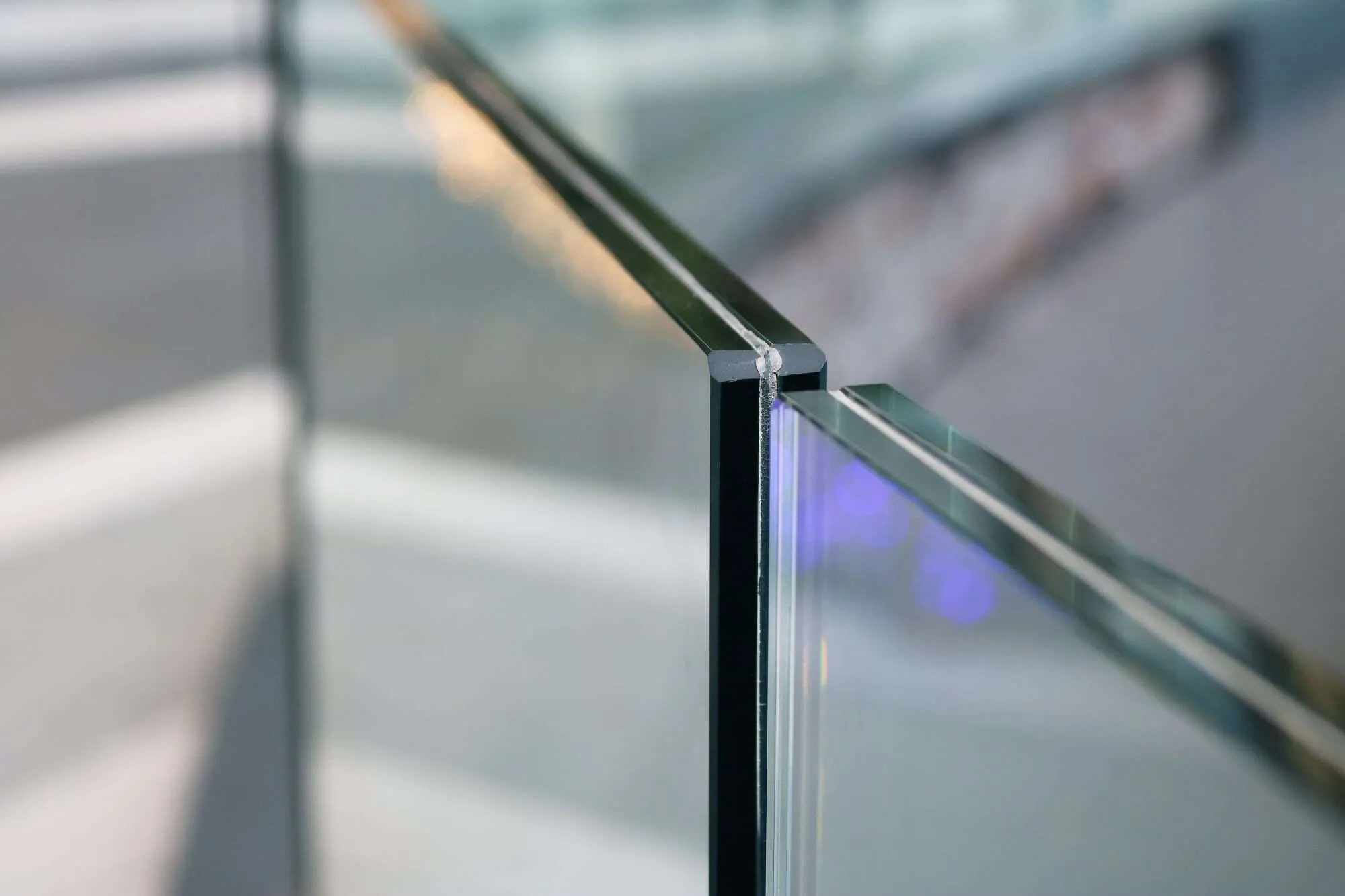
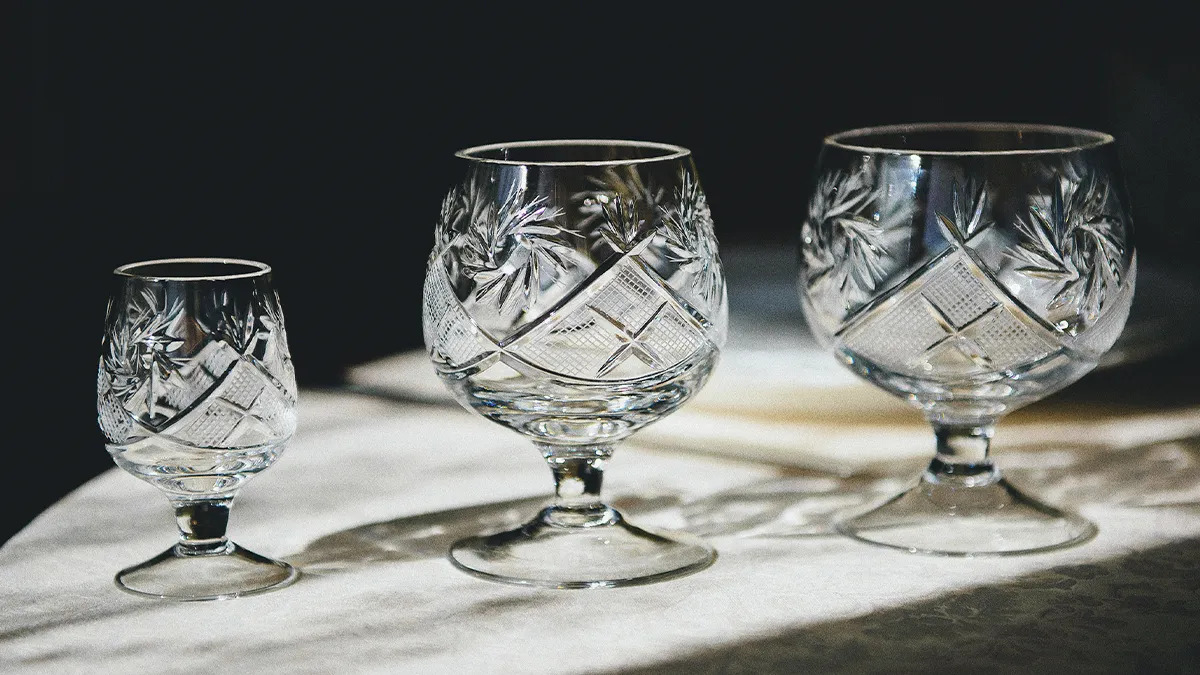
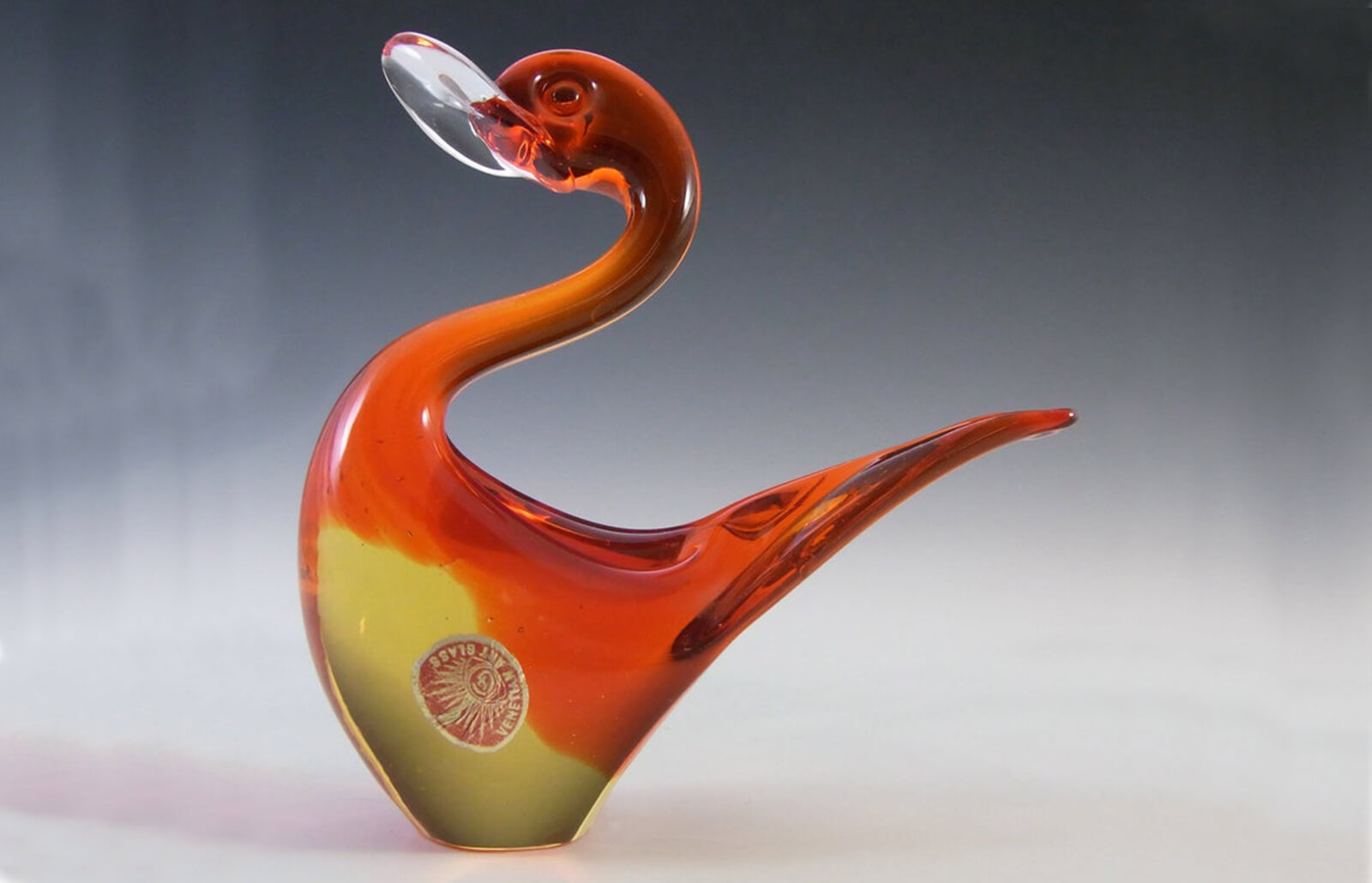

0 thoughts on “How To Tell Tempered Glass From Regular Glass”